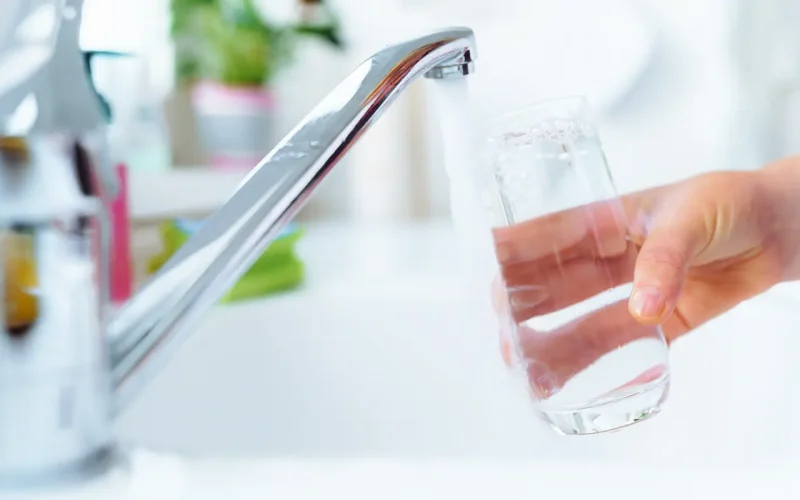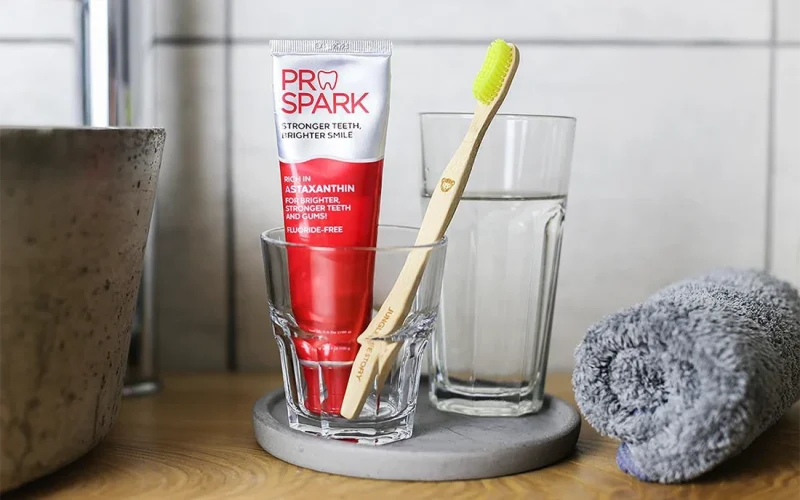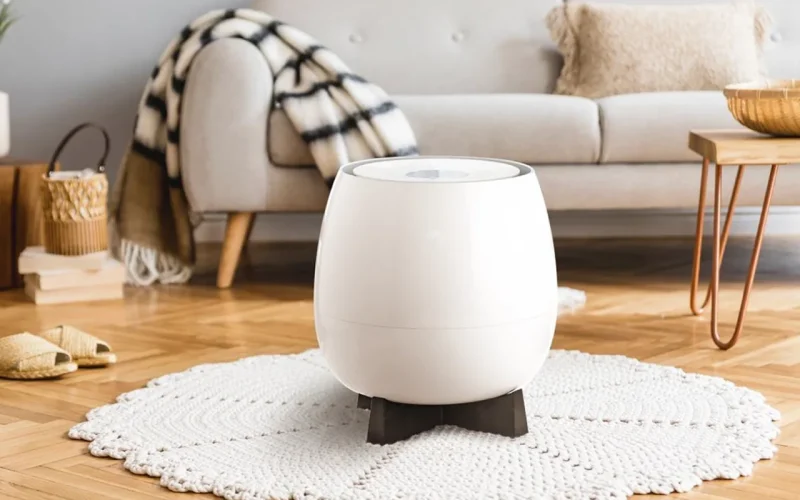Did you know that you have been drinking microplastics without knowing it?
According to a study by the water industry, raw, untreated water contains an average of 4.9 microplastics per liter. Microplastics are found in our waters due to the sheer amount of plastic we use in our daily lives. Plastic enters our water system in ways you can’t even imagine. Read on to learn what microplastics are and how you can protect yourself and your family from drinking them.
What is microplastic?
There is currently no scientifically recognized definition of microplastics, but it is most commonly described as plastic particles less than 5 mm in length. These plastic particles can be found in fresh water and even in improperly treated drinking water.
How do plastics get into drinking water?
You would be surprised how many everyday objects contain plastics. Plastic bottles and caps are the main source of microplastics in drinking water. But plastics are also hidden in the clothes you wear, the detergent you use and even in tea bags. When these are broken down, they enter waterways as tiny polymers and pollute your water. Remember that you create microplastics every time you wear your shoes, wash your clothes or even exfoliate. Imagine how much microplastic factories and large companies produce every day.
The role of plastic bottles in water pollution
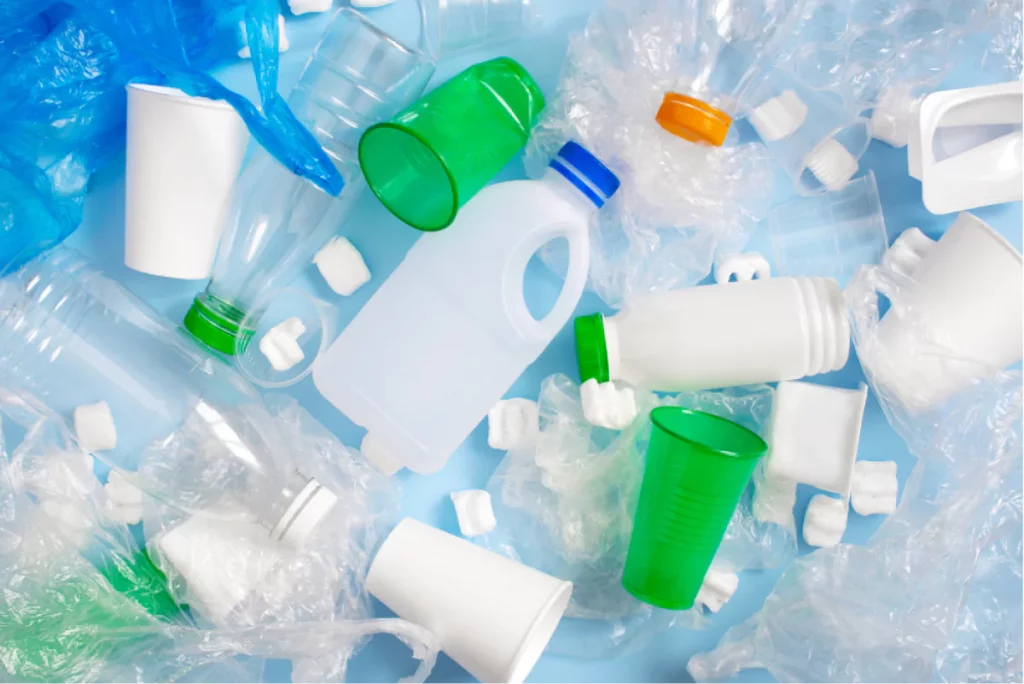
In 2018, the bottled water market produced 1 million bottles per minute. As you can imagine, this number increased sharply during the global pandemic, as people preferred disposable products in case they were exposed to the risk of infection. And of all these bottles, 86% are not recycled. That is why our oceans and drinking water are full of microplastics.
How can microplastics harm me and my family?
There are three types of danger to watch out for – physical, chemical and microbial. Without your knowledge, you could ingest physical plastic polymers, harmful chemicals and perhaps even microbes. Since microplastics in drinking water is a relatively new phenomenon, there has not yet been any study on the long-term effects of consuming polluted water. However, it is safe to assume that it is dangerous and that we should all be more careful about the water we consume.
How do I protect my family from consuming microplastics?
1. Throw away the plastic bottle
Say no to single-use plastic bottles and treat yourself to a beautiful reusable bottle that suits your style and personality. Not only are you helping to reduce plastic pollution in water, but you are also controlling the quality of the water you drink. It’s a win-win for us.
2. Use HomePure to get rid of microplastics.
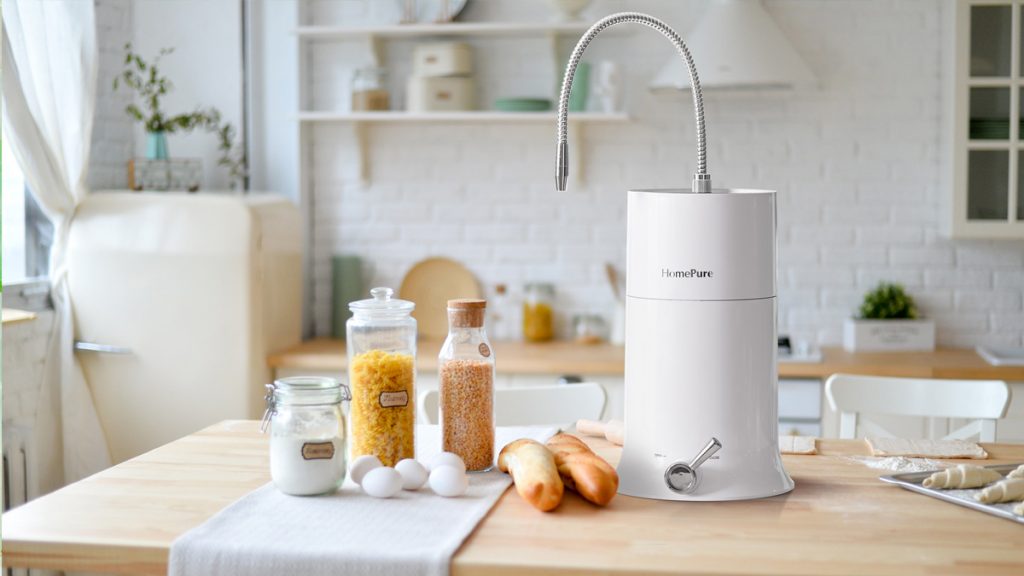
Since its introduction in 2010, HomePure has helped to reduce the consumption of plastic bottles by three billion! But HomePure is more than just environmentally friendly. HomePure products help you remove microplastics and other emerging contaminants that put your family’s health at risk. The HomePure Nova’s unique 9-stage water filtration system, for example, filters 99.99% of bacteria and viruses, chemicals and toxins from tap water.
3. wash your fruit and vegetables in filtered water
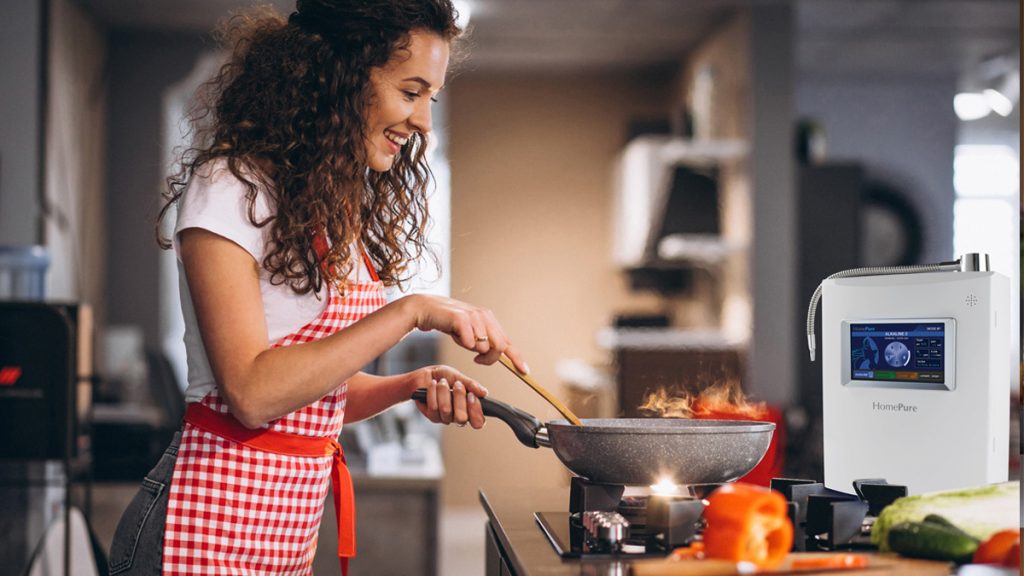
To be sure that you do not eat or accidentally drink microplastics, wash your fruit and vegetables with filtered water from HomePure for added protection. Use filtered water not only for cooking and for your drinks, but also for washing.
Microplastics are a reality, even if we don’t yet know what long-term effects they have on your health. Even if you are assured that you have not ingested any microplastics, it is better to be safe than sorry. So be careful about what you and your loved ones drink. Make the HomePure Nova water filter or the Viva water ionizer an indispensable part of your home and protect your loved ones.
You are currently viewing a placeholder content from Vimeo. To access the actual content, click the button below. Please note that doing so will share data with third-party providers.
More Information
